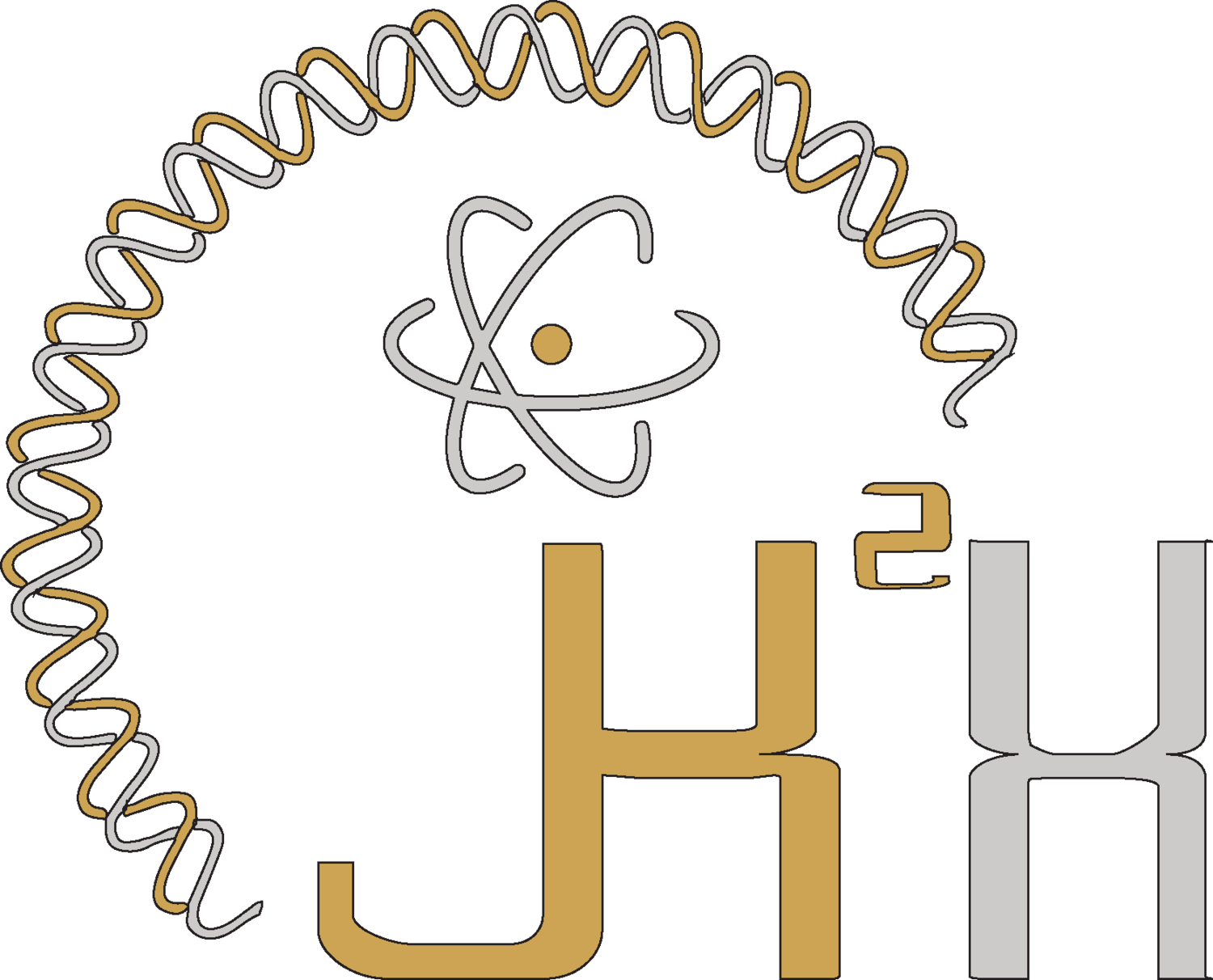Within this past year, while working on a project in collaboration with another lab on UW-Madison’s campus to understand viral particle release mechanisms, I was given the opportunity to travel to a place that I was rather unfamiliar with at the time. The occasion offered me two weeks to spend working on high-tech microscopes (scopes that people like me dream of using but are so expensive that most universities can’t even afford one of them), specifically addressing research questions for our collaborative project. Prior to leaving, our group met to brainstorm experiments we would perform while there, discuss the opportunity to try some novel experiments of my own, and to really just learn as much as possible about microscopes and microscopy principles during this experience. The place we were headed to was Janelia Farm (which is not really a farm at all).
Janelia Farm is a fairly new institution established in 2006 and is completely funded by the Howard Hughes Medical Institute. It is a research campus which is composed of small groups that include research principle investigators, post-docs, graduate students and tool development teams, just to name a few. These groups work independently and in collaboration towards addressing outstanding biomedical questions, and generate/tweak imaging tools to improve the quality of current research throughout the scientific community. The environment of the Janelia research campus is shaped by the people working there. For example, Eric Betzig, winner of the 2014 Nobel Prize in Chemistry for Super Resolution Microscopy, is a Senior Fellow at Janelia and has worked on developing novel biological imaging strategies including PhotoActivated Localization Microscopy (PALM) and Lattice Light Sheet microscopy. Luke Lavis, a former UW-Madison Ph.D. student, is the head group leader for the molecular tools and imaging team at Janelia. He has worked toward developing Janelia Fluor dyes, which are some on the brightest chemical dyes used for single molecule live-cell imaging. This institute and its research members strive to be at the forefront of technology and scientific discovery.
One division of Janelia is the Advanced Imaging Core (AIC). The AIC houses advanced imaging technologies that are so novel or expensive (when these technologies are first developed), they are generally inaccessible for the average university to afford. The AIC at Janelia allows researchers across the world to apply for opportunities to utilize these advanced microscopes for a period of time, free of cost. This opportunity facilitates researchers’ ability to address specific scientific questions about their project which they could not normally address with typical microscopes at their home universities. Through opportunities at the AIC, Janelia promotes learning, collaboration, and movement of science in unexpected directions.
Through our collaboration at UW - Madison, the two weeks I spent at the AIC at Janelia allowed me to utilize PALM, Lattice Light Sheet, and Total Internal Reflective Fluorescence (TIRF) microscopy to address my research questions regarding single-molecule viral dynamics and viral particle release. The set-up of the facility, the staff/investigators at AIC, and novel microscopes reinforced an excitement in my research and further confirmed my commitment to employ microscopy in understanding spatial and temporal processes within cells at single-molecule resolution. I spent most of my time there using the Lattice Light Sheet (pictured below). With the Lattice Light Sheet, I was able to image the entire cell volume of live cells using two different lasers in 6 seconds over a period of 30 minutes before major photobleaching occurred! Although, this may not seem impressive for someone that doesn’t do a lot of microscopy, it is quite a triumph in the field as no prior scope had been able to do this. The Lattice Light Sheet was such an incredible scope that I was inspired to work on it until two to three A.M. in the morning everyday for a week! Although my time at Janelia has ended for the time being, I learned so much about microscopy in two weeks and the work I did there has generated additional questions, and answers, for me that I hope to pursue in the future, maybe back at Janelia one day. Even small, short-lived opportunities can lead to novel ways of thinking about a problem and create large leaps in learning.
Cheers,
Bayleigh




